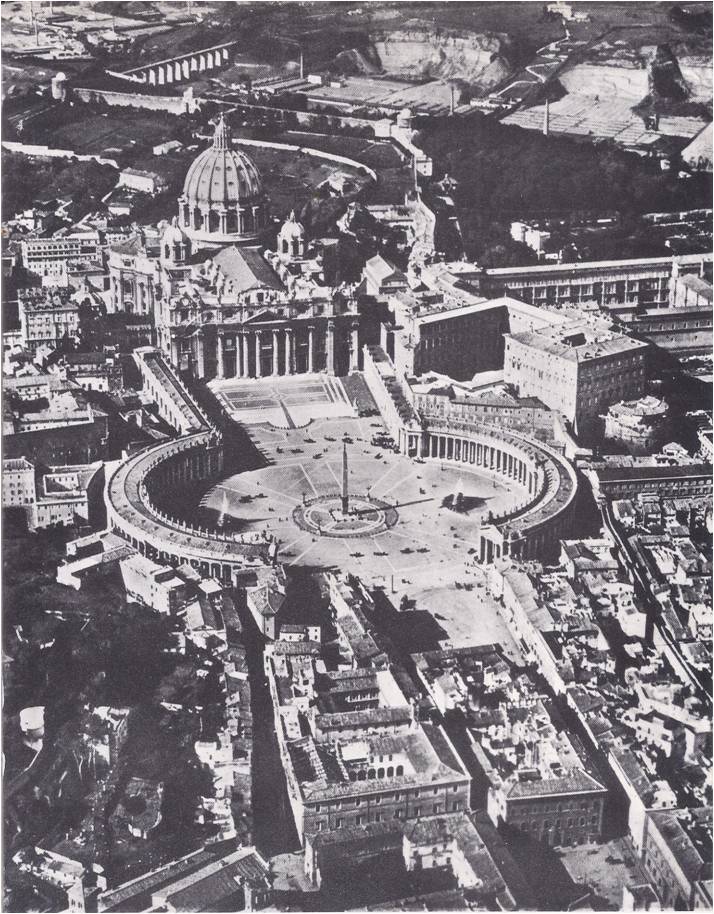In 1492, young Giovanni de’ Medici bade farewell to his father, Lorenzo the Magnificent and left Florence to take his place in Rome among the cardinals of the church. At sixteen, Giovanni was a nobleman in the court of the pope, a man of influence and power. That was fortunate, for when Giovanni was eighteen, his family’s power collapsed. The Florentines drove the Medici from their city and Giovanni, who had come home for a visit, narrowly escaped being stoned by the citizens who once had cheered him. As he crept out of the city, disguised as a poor friar, he swore that he would one day return in triumph. First, he thought, he must look to his career in the church. Whatever the Florentines did, he was still a cardinal and in the papal court there were many ways for a clever man to rise to greatness. When he had crossed the Tuscan border, Giovanni threw off his humble disguise, put on the crimson robes and red hat that marked him as a “prince of the church” and took the road that led to Rome. The young cardinal was not alone in hoping to make his fortune in Rome. Indeed, the old city teemed with ambitious men of every sort — scholars and scoundrels, diplomats and spies, millionaires and fortune-hunters, priests and professional murderers. Rome had known every sort of splendour and evil. Memories of unmatched elegance and unbelievable cruelty lingered in the ruins of temples and arenas built by ancient emperors. Grim fortress-houses were reminders of an age of violence, when the bloody feuds of rival clans of nobles had turned Rome into a ghost city. Now there were new mansions, palaces and lofty churches. A new magnificence had come to Rome with the gold that poured into …
Read More »Florence, First City of the Renaissance 1200-1480
March 25, 1436, was the Feast of the Annunciation and the city of Florence was decked out for a celebration. Banners flew everywhere, ribbons and garlands of flowers decorated the houses and draperies of cloth-of-gold were looped across the shop-fronts. The city bustled with excitement, for on this Annunciation Day the pope was to dedicate the Duomo, the wonderful new Cathedral of Santa Maria del Fiore, then the largest church in the world. At dawn, the people began to fill the streets. They crowded around the high wooden walk that led to the cathedral from the monastery where the pope was staying. At mid-morning, when a blare of trumpets signaled the start of the ceremonies, a great procession filed along the walk. The pope, robed in white and crowned with a tiara, was attended by seven cardinals, clothed in scarlet and 37 bishops and archbishops, all in purple. There were the priors, the governors of Florence and the representatives of the people of sixteen districts of the city. Each representative carried a standard marked with the emblem of his district, such as the lion, the unicorn, or the viper. Marching in a solemn line came the leaders of the seven great guilds — the wool merchants, the Silk weavers, the bankers, the notaries, the druggists (who also dealt in spices and jewels), the furriers and the calimala, the ancient and honoured guild of cloth merchants. Behind them came the officers of fourteen “Guilds of Lesser Arts” shoemakers, bakers, innkeepers, grocers, carpenters and the like. As the procession entered the cathedral, all the church bells in Florence rang out. Their deep voices called across the city, resounded in the fields beyond and echoed in the hills of Tuscany. Triumphantly they proclaimed the greatness of the new Duomo that the Florentines said …
Read More »

